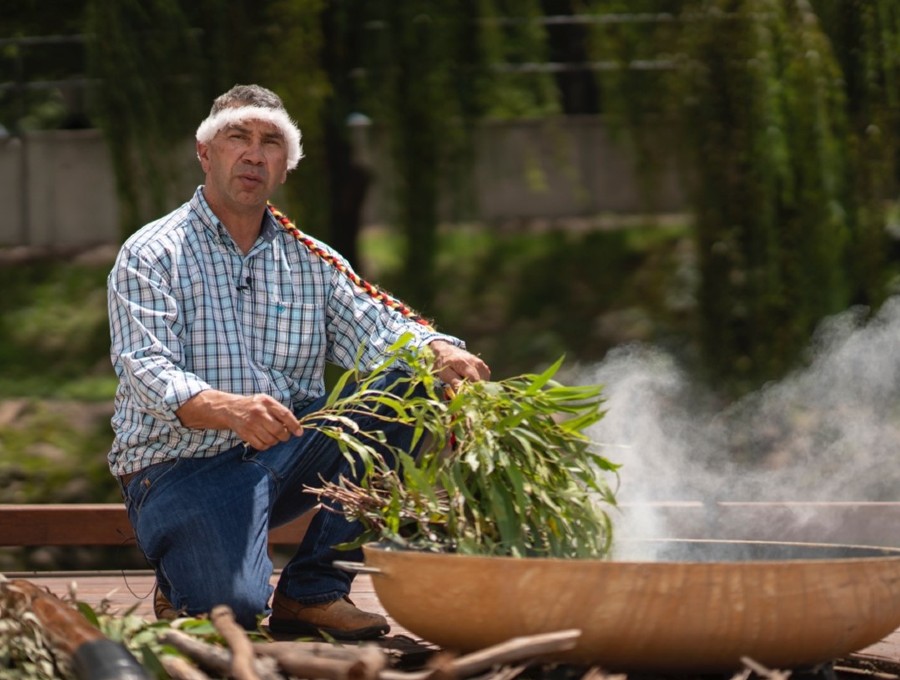A summary timeline of key moments in Australia’s reconciliation journey.
1938 — The Aborigines Progressive Association and Australian Aborigines League hold the first Day of Mourning protest on January 26.
1963 — Yolŋu people present the Yirrkala bark petitions to the Australian Parliament, protesting the removal without notice of inhabited land from the Arnhem Land reserve and demanding that their sacred sites be protected, after bauxite was discovered in the region.
1965 — Inspired by the American civil rights movment, Charles Perkins and Student Action For Aborigines lead the Freedom Ride through regional New South Wales, bringing the issue of Aboriginal discrimination and disadvantage to national attention.
1967 — More than 90% of Australians vote Yes to count First Nations people as part of the Australian population.
1975 — The Gurindji People, led by Vincent Lingiari, regain ownership of part of their traditional Lands after a protest that began with the 1966 Wave Hill strike.
1988 — The Central and Northern Land Councils present Prime Minister Bob Hawke with the Barunga Statement, calling for land rights and for a treaty, which Hawke pledges to deliver by 1990.
1990 — The Aboriginal and Torres Strait Islander Commission is established.
1991 — The Royal Commission into Aboriginal Deaths in Custody presents its final report and recommendations to the Australian Parliament, including calling for a process of national reconciliation.
— The Australian Parliament unanimously passes the Council for Aboriginal Reconciliation Act 1991 (Cth), formally launching a process of national reconciliation and formally establishing the Council for Aboriginal Reconciliation (CAR). CAR’s vision was for A united Australia which respects this land of ours; values the Aboriginal and Torres Strait Islander heritage; and provides justice and equity for all.
1992 — The High Court recognises native title in the landmark Mabo v Queensland (No.2) decision, busting the myth of terra nullius.
— Prime Minister Paul Keating delivers the ‘Redfern Speech’ recognising the history of dispossession, violence and forced removal of Aboriginal children.
1993 — Australian Parliament passes the Native Title Act. The first National Week of Prayer for Reconciliation is supported by Australia’s major faith communities.
1995 — The Australian Government officially recognises the Aboriginal and Torres Strait Islander flags, as flags of Australia’ under the Flags Act.
1996 — CAR expands the Week of Prayer for Reconciliation to launch Australia’s first National Reconciliation Week.
1997 — The Bringing Them Home report on Australia’s Stolen Generations is launched at the inaugural Australian Reconciliation Convention in Melbourne attended by nearly 2,000 people.
2000 — After a decade of research, promotion, partnership-building, consultation and educating, CAR presents its final reports to the Australian people, The Australian Declaration towards Reconciliation and The Roadmap for Reconciliation, at the Corroboree 2000 event in Sydney in May 2000.
— Hundreds of thousands of Australians walk across Sydney Harbour Bridge, and other bridges around Australia, to show support for Aboriginal and Torres Strait Islander aspirations.
2001 — Reconciliation Australia is established from recommendations of CAR’s final report.
2006 — The Close the Gap campaign for Indigenous health equality is developed following the release of the Social Justice Report 2005. Reconciliation Australia’s Reconciliation Action Plan program begins.
2007 — Australia celebrates the 40th anniversary of the 1967 referendum.
— The Australian Government, led by Prime Minister John Howard, begins the Northern Territory Emergency Response, commonly called the Intervention.
2008 — Prime Minister Kevin Rudd formally apologises to the Stolen Generations on behalf of the Australian Parliament.
2009 — Australia supports the United Nations Declaration on the Rights of Indigenous Peoples; previously, Australia had been one of only four nations to oppose the Declaration.
2010 — The National Congress of Australia’s First Peoples is established.
2011 — The Expert Panel on Constitutional Recognition of Aboriginal and Torres Strait Islander peoples leads wide-ranging public consultations and delivers its findings in January 2012.
2012 — Recognise, Reconciliation Australia’s campaign to recognise Aboriginal and Torres Strait Islander peoples in the Constitution, begins.
2016 — The first State of Reconciliation in Australia report is published.
2017 — The Uluru Statement From the Heart is released by delegates to an Aboriginal and Torres Strait Islander Referendum Convention held near Uluru in Central Australia. The Turnbull Government rejects the Uluru Statement from the Heart. The Recognise campaign is disbanded after the Federal Government ceases to fund it.
2018 — Victoria becomes the first Australian state to pass Treaty legislation when it passes the Advancing the Treaty Process with Aboriginal Victorians Act 2018 (VIC).
2020 — Tens of thousands of Australians attend Black Lives Matter marches in cities across the country to protest Aboriginal and Torres Strait Islander deaths in custody and high rates of incarceration of First Nations peoples.
— Mining company Rio Tinto destroys two 46,000-year-old sites in the Juukan Gorge, Pilbara, and is suspended from the Reconciliation Action Plan community; Senate Inquiry held; CEO and two senior executives resign.
2021 — The Yoorrook Justice Commission is established in Victoria.
2022 — After the Labor Party wins Federal Government, new Prime Minister Anthony Albanese promises to implement the Uluru Statement in full.
2023 — South Australian Parliament passes the First Nations Voice Bill.
— The Queensland Path to Treaty Act passes.
— The Voice to Parliament referendum is defeated; 39.94% in favour, 60.04% not in favour.
2024 — Queensland establishes its Truth-telling and Healing Inquiry.
— The National RAP Conference is held in Meanjin. More than 800 supporters and partners reaffirm their commitment to reconciliation and First Nations justice.
— The newly-elected Queensland Liberal National Government repeals the Path to Treaty Act and ends the Truth-telling and Healing Inquiry.



